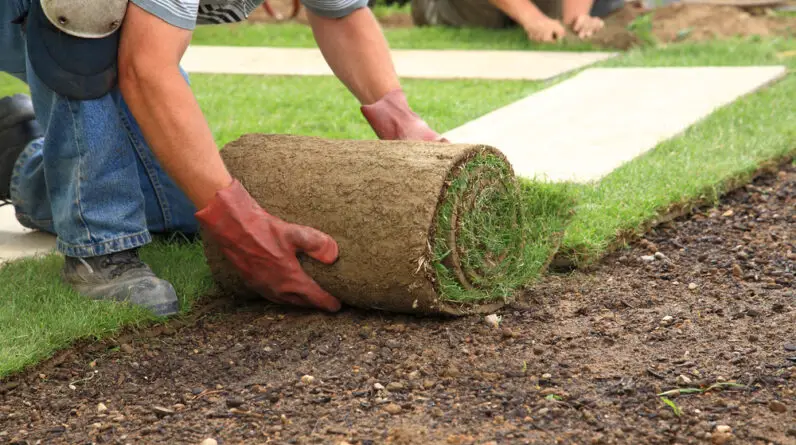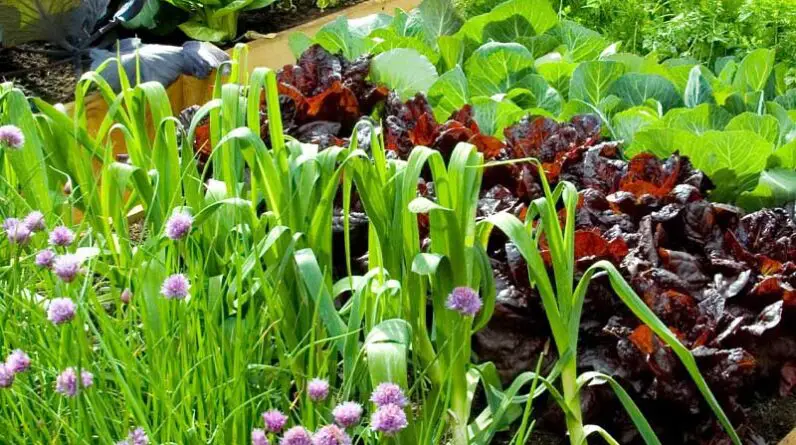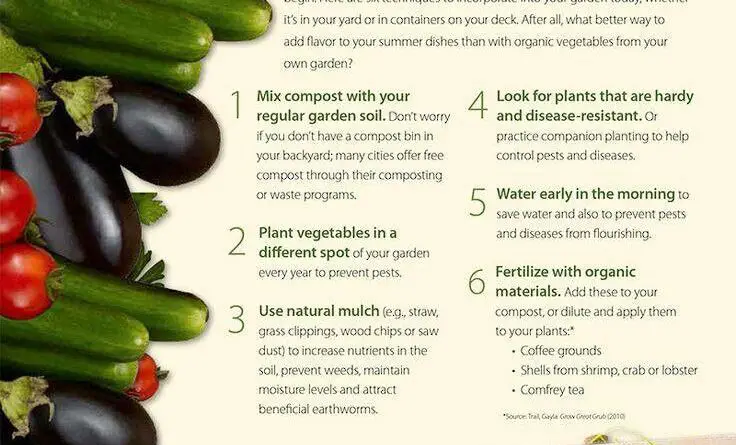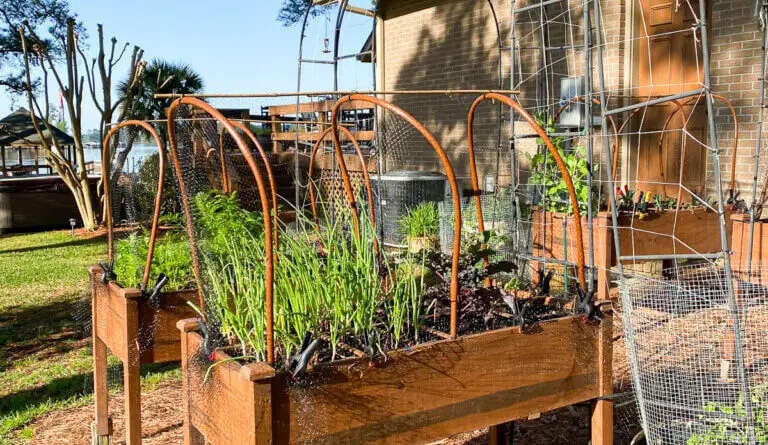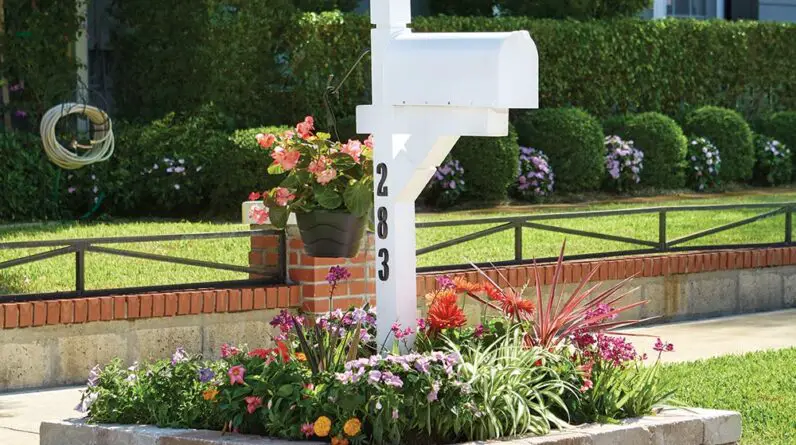
Choosing the Right Location
When it comes to creating a stunning backyard tomato garden, choosing the right location is crucial. The success of your tomato plants will greatly depend on the amount of sunlight they receive, the drainage of the soil, and the accessibility to water.
Consider the amount of sunlight
Tomatoes thrive in full sunlight, so it’s important to select a spot in your backyard that receives at least 6 to 8 hours of direct sunlight each day. Observe your yard throughout the day to identify the areas that have the most exposure to the sun.
Check for good drainage
Tomatoes don’t like wet feet, so it’s essential to ensure the soil in your chosen location has good drainage. Avoid areas that tend to collect water or stay excessively moist. If your soil is heavy or compacted, consider adding organic matter like compost or sand to improve its drainage capabilities.
Ensure easy access to water
Tomatoes require regular watering to keep their roots evenly moist. Choose a spot that is easy to access with water sources nearby. Installing a drip irrigation system or setting up a rain barrel can make watering more convenient and efficient.
By carefully considering these factors, you can create the perfect environment for your backyard tomato garden, ensuring an abundance of delicious, homegrown tomatoes. So, let’s find the best spot and get started!

Selecting the Tomato Varieties
When it comes to creating a stunning backyard tomato garden, selecting the right tomato varieties is crucial. There are countless options available, each with its own unique characteristics and benefits. At our tomato garden, we prioritize the flavor, size, and disease resistance of the tomatoes we grow, ensuring a bountiful harvest year after year.
Determine your preferred tomato type
First and foremost, consider your preferred tomato type. Cherry tomatoes are perfect for snacking and salads, while beefsteak tomatoes are ideal for slicing and grilling. Determinate tomatoes, which grow in a compact and bushy manner, are great for smaller spaces, while indeterminate tomatoes are more suitable for larger gardens, as they require staking or trellising.
Consider disease resistance
Another important factor to consider is disease resistance. Look for varieties that are resistant to common tomato diseases, such as Fusarium wilt, Verticillium wilt, and blight. This will help ensure that your plants stay healthy and productive throughout the growing season.
Choose based on flavor and size
Lastly, don’t forget about flavor and size. Select tomatoes that offer the taste profile you desire, whether it’s sweet, tangy, or somewhere in between. Additionally, consider the size of the tomatoes, as larger varieties may be better for slicing and cooking, while smaller ones are perfect for snacking and preserving.
By carefully selecting the tomato varieties for your backyard garden, you are setting yourself up for a stunning and successful harvest. Whether you prefer cherry tomatoes, disease-resistant varieties, or a specific flavor profile, there are plenty of options to choose from. So go ahead and get creative with your selection, and enjoy the delicious rewards of your labor.
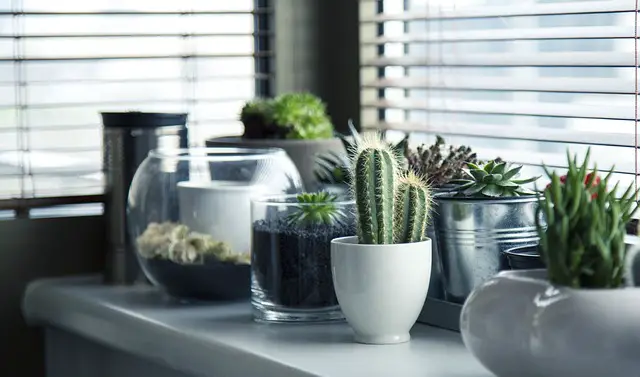
Preparing the Soil
When it comes to creating a stunning backyard tomato garden, the first step is to prepare the soil for optimal growth and production. We understand the importance of providing the right environment for your tomato plants to thrive, so here are some creative ideas to consider.
Test the soil pH
Before planting your tomatoes, it’s crucial to test the soil pH. Tomatoes prefer slightly acidic soil with a pH range of 6.0 to 6.8. By knowing the pH level, you can make necessary adjustments to ensure your plants receive the nutrients they need.
Amend with organic matter
Enriching the soil with organic matter is vital for a successful tomato garden. Consider adding compost, well-decomposed manure, or peat moss to improve the soil’s structure, drainage, and nutrient content. This will provide a healthy foundation for your tomatoes to flourish.
Remove any existing weeds or grass
To prevent competition for nutrients and water, it’s important to remove any existing weeds or grass from the garden area. Clearing the space will allow your tomato plants to grow without obstruction and maximize their chances of thriving.
By following these soil preparation tips, you’ll be well on your way to creating a stunning backyard tomato garden. Stay tuned for more creative ideas on how to take your tomatoes to the next level.

Creating Raised Beds or Containers
One of the most creative ideas for a stunning backyard tomato garden is to create raised beds or use containers. This allows us to maximize space and resources, while also providing a unique and aesthetically pleasing display.
Evaluate Space and Resources
Before setting up raised beds or choosing containers, we need to evaluate the available space and resources in our backyard. Consider factors such as sunlight, soil quality, and access to water. This will help us determine the ideal location for our tomato garden.
Select Suitable Materials
When creating raised beds, we have a variety of materials to choose from. We can use wood, bricks, or even repurpose old furniture. If we opt for containers, we can choose between plastic, ceramic, or wooden pots. It’s important to select materials that are sturdy, durable, and safe for plant growth.
Provide Proper Drainage
No matter which option we choose, it’s crucial to ensure proper drainage for our tomato plants. This can be achieved by placing drainage holes in the bottom of containers or adding gravel or rocks to the bottom of raised beds. Good drainage prevents water from becoming stagnant, which can lead to root rot and other plant diseases.
By creating raised beds or using containers, we can have a stunning backyard tomato garden that not only produces delicious fruits but also adds an attractive and unique touch to our outdoor space.
Planting and Sowing Seeds
Prepare seedlings or acquire transplants
When it comes to starting your tomato garden, you have two options: planting seeds or acquiring transplants. If you opt for seeds, start by germinating them indoors, using seed trays or small pots filled with seed starting mix. Sow the seeds according to the packet instructions, ensuring proper spacing between each one. This will allow each seedling to develop without competition for sunlight and nutrients. If you prefer transplants, you can purchase them from a local nursery or garden center. Transplants are more mature plants that have been started from seeds by professionals. They save you time and effort, giving you a head start on your tomato garden.
Space plants properly
Whether you choose seedlings or transplants, proper spacing is crucial for the healthy growth of your tomato plants. Each seedling or transplant should be placed about 24 inches apart in rows that are spaced approximately 36 inches apart. Allowing enough space between plants ensures good air circulation, prevents the spread of diseases, and promotes healthy growth.
Plant tomatoes deep for stronger roots
Tomatoes have the unique ability to develop roots along their stem when planted deeply. This enables them to establish a stronger root system, which helps plants absorb water and nutrients more efficiently. To plant tomatoes deep, remove the lower leaves from the stem and bury it up to the first set of remaining leaves. This will encourage the development of roots along the buried portion of the stem and result in stronger, sturdier plants.
By following these planting and sowing seed tips, you’re off to a great start in creating a stunning backyard tomato garden. Whether you choose to grow from seeds or opt for transplants, proper spacing and planting tomatoes deep will ensure healthy and vibrant plants that yield a bountiful harvest.
Implementing Support Systems
When it comes to growing a stunning backyard tomato garden, implementing the right support systems is crucial. Providing the necessary support not only ensures healthier plants but also maximizes space and yields. In this section, we will delve into three creative ideas to help you establish effective support systems for your tomato plants.
Install stakes or cages
One common and effective method is using stakes or cages to support your tomato plants. Stakes can be made from bamboo, wood, or metal, and should be securely anchored in the ground next to each plant. As the plants grow, gently tie them to the stakes, ensuring that they have enough room to expand. Cages, on the other hand, offer more structural stability and can be made from wire mesh or even old chicken wire. Place the cages around each young plant, allowing ample space for growth.
Consider trellising options
Another creative idea is to incorporate trellising into your backyard tomato garden. Trellises provide vertical support and encourage the plants to grow upwards, saving valuable space. You can construct trellises from various materials such as wood or metal and attach them to a solid structure like a fence or a wall. As the plants grow, carefully train their vines to climb up the trellis, ensuring that they are properly secured to prevent damage.
Train plants as they grow
Training your tomato plants as they grow can also be an effective support system. This involves gently guiding the vines and branches to grow in specific directions, such as along a fence or up a pergola. By regularly pruning and redirecting the growth, you can encourage stronger and healthier plants. Use garden twine or soft ties to secure any loose branches or vines, ensuring they are properly supported.
Implementing these support systems for your backyard tomato garden will not only create a visually stunning display but also promote healthier growth and higher yields. So get creative and start supporting your tomato plants today!
Providing Essential Care
Whether you’re a seasoned gardener or just starting out, providing essential care for your backyard tomato garden is crucial to ensure a stunning harvest. By consistently watering the plants, you’ll be providing them with the hydration they need to thrive. Remember to water deeply, ensuring the soil is moist down to the roots.
Consistently water the plants
Tomatoes are thirsty plants, especially during hot summer months. Watering them regularly, particularly during dry spells, is essential to prevent fruit cracking and blossom end rot. Aim to keep the soil evenly moist, without overwatering which can lead to root rot.
Mulch to retain moisture and deter weeds
Mulching around the base of your tomato plants has numerous benefits. It helps retain moisture in the soil, reducing the frequency of watering and preventing the soil from drying out too quickly. In addition, mulch acts as a natural weed barrier, suppressing the growth of unwanted plants that compete for nutrients and water.
Monitor for pests and diseases
Pests and diseases can quickly ravage a tomato garden if left unchecked. Regularly inspect your plants, checking for any signs of infestation or damage. Common pests include aphids, tomato hornworms, and whiteflies, while diseases such as blight can devastate your crop. Take proactive measures, such as using organic pest control methods and planting disease-resistant varieties, to keep your garden healthy and productive.
With proper care and attention, your backyard tomato garden can flourish and provide you with a bountiful harvest of delicious, homegrown tomatoes. Happy gardening!
Fertilizing for Optimal Growth
When it comes to growing tomatoes in your backyard, fertilizing plays a crucial role in achieving optimal growth and abundant harvests. Understanding the nutrient requirements of your plants is the first step towards creating a stunning tomato garden.
Understand nutrient requirements
Tomatoes require a balanced combination of nutrients to thrive. The three primary macronutrients that tomatoes need in larger quantities are nitrogen, phosphorus, and potassium. However, they also require secondary nutrients like calcium and magnesium, as well as micronutrients such as iron, zinc, and manganese. Familiarizing yourself with these requirements will help you choose the right fertilizer for your plants.
Apply organic fertilizers regularly
Organic fertilizers are a great choice for tomato gardens, as they release nutrients slowly and promote long-term soil health. Compost, well-rotted manure, and organic fertilizers specifically formulated for tomatoes are excellent options. Remember to apply them regularly throughout the growing season to ensure a steady supply of nutrients for your plants.
Avoid over-fertilization
While fertilizers are essential, it’s crucial to avoid over-fertilizing your tomato plants. Too much nitrogen can result in excessive leaf growth at the expense of fruit production. This can lead to weak plants that are more susceptible to pests and diseases. Follow the instructions on the fertilizer packaging and apply the recommended amount to prevent over-fertilization.
By understanding the nutrient requirements, applying organic fertilizers regularly, and avoiding over-fertilization, you can ensure that your backyard tomato garden thrives, resulting in stunning plants and an abundant harvest. So, let’s get started on creating the tomato garden of your dreams!
Pruning and Trimming
Remove suckers for larger fruit production
One effective way to enhance the growth and productivity of your backyard tomato garden is by removing the suckers. Suckers are those small shoots that sprout up from the junction between the main stem and the tomato plant’s branches. By eliminating these suckers, you allow the plant to focus its energy on developing larger fruits. Additionally, the removal of suckers helps improve airflow and prevents overcrowding of the plant, reducing the risk of diseases.
Maintain airflow and reduce disease risk
Proper airflow is crucial for a successful backyard tomato garden. Adequate ventilation helps prevent the buildup of humidity, which can lead to the development of diseases such as mold and blight. To ensure good airflow, make sure to space the plants properly, maintain a distance of at least 2-3 feet between them, and prune any excess foliage or branches that may obstruct airflow.
Control plant size for space limitations
If you have limited space in your backyard, it’s essential to control the size of your tomato plants. Pruning and trimming can help you maintain the plants at a manageable height and shape, preventing them from overpowering other plants or encroaching on walkways. Regularly remove any excessive branches or foliage to keep the plants compact and tidy, ensuring that they fit seamlessly into your backyard landscape.
With these pruning and trimming techniques, you can promote healthy growth, improve fruit production, and maintain an aesthetically pleasing backyard tomato garden. So grab your pruning shears and get ready to enjoy a stunning tomato harvest!
Conclusion
With careful planning and dedication, a stunning backyard tomato garden can thrive and provide a bountiful harvest of delicious tomatoes for your enjoyment.
We hope that these 10 creative ideas have inspired you to create a beautiful and productive tomato garden right in your own backyard. By following these tips and incorporating your own personal flair, you can transform your outdoor space into a haven for tomato plants.
Remember to start by choosing the right location for your garden, ensuring it receives ample sunlight and has well-draining soil. Consider using raised beds or containers for better control over soil quality and drainage.
Next, select the tomato varieties that suit your taste, climate, and available space. Don’t be afraid to experiment with heirloom varieties or explore unusual colors and shapes – these can add a unique touch to your garden.
To protect your plants from pests and diseases, implement natural pest control methods such as companion planting or homemade organic sprays. Regularly monitor your plants for any signs of issues and take immediate action to address them.
Proper watering and feeding are vital for healthy tomato plants. Water deeply and consistently, avoiding wetting the foliage, and feed regularly with organic fertilizer to promote growth and enhance fruit production.
Lastly, don’t forget to prune your plants to improve air circulation and remove any diseased or overcrowded branches. Harvest your tomatoes when they are fully ripe and enjoy the fruits of your labor in various culinary masterpieces.
By incorporating these ideas into your backyard tomato garden, you can create a stunning and productive space that will bring you joy and plenty of delicious tomatoes. Happy gardening!


